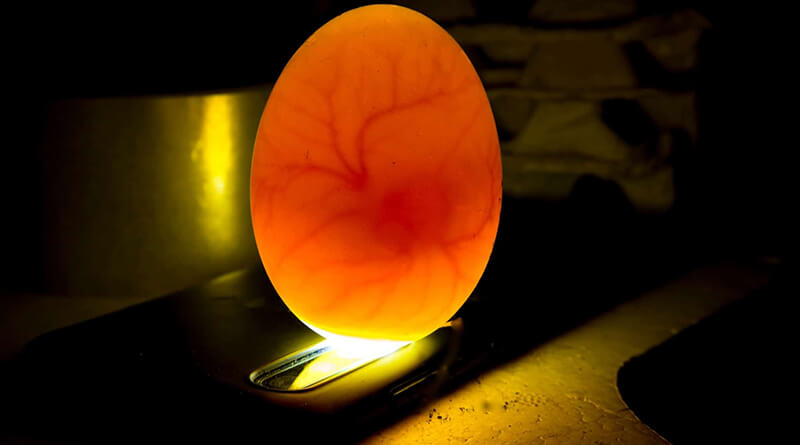
Inside the Egg, Hatching Chicks (Grades K-2)
Students investigate embryo development in chicken eggs.

Students investigate embryo development in chicken eggs.
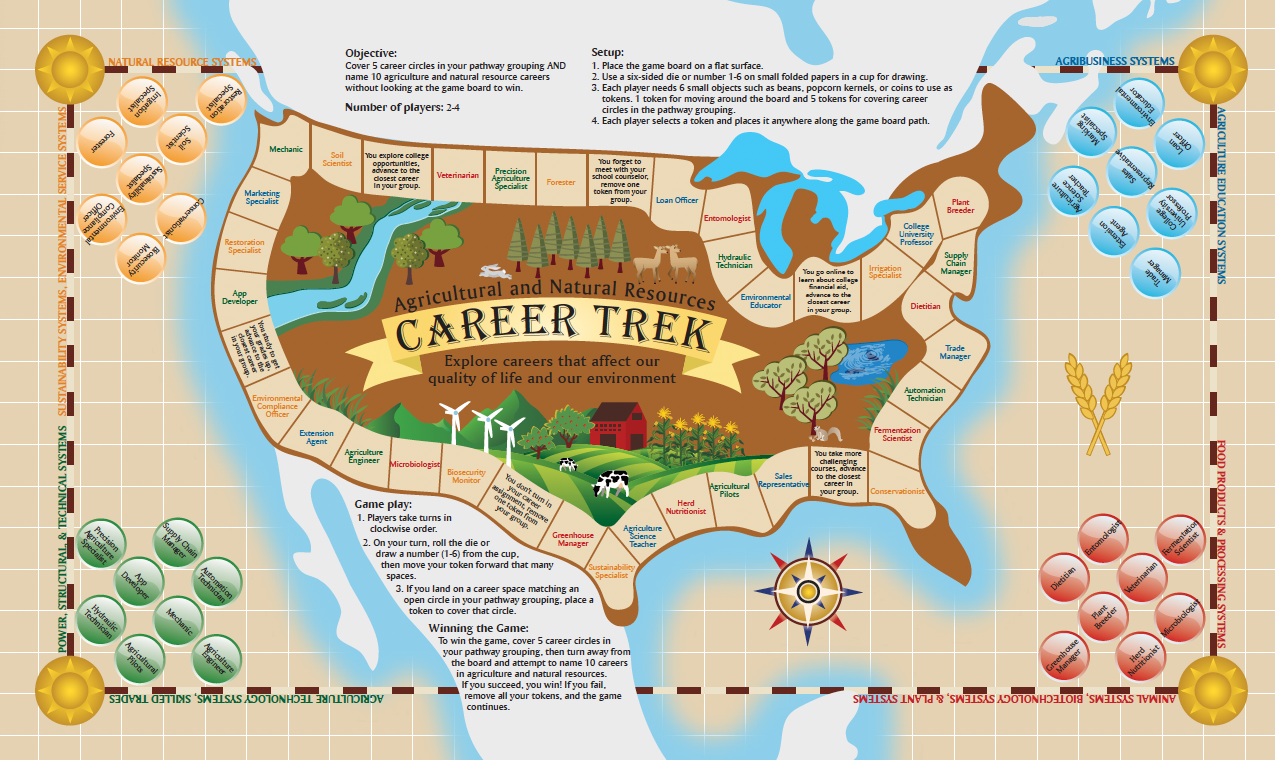
Explore the farm-to-fork process of food through the lens of careers. Students will make a career web to see the variety of careers and skill sets necessary to our food system. They will check their understanding by playing Career Trek—a board game that requires students to identify careers in agriculture and natural resources.
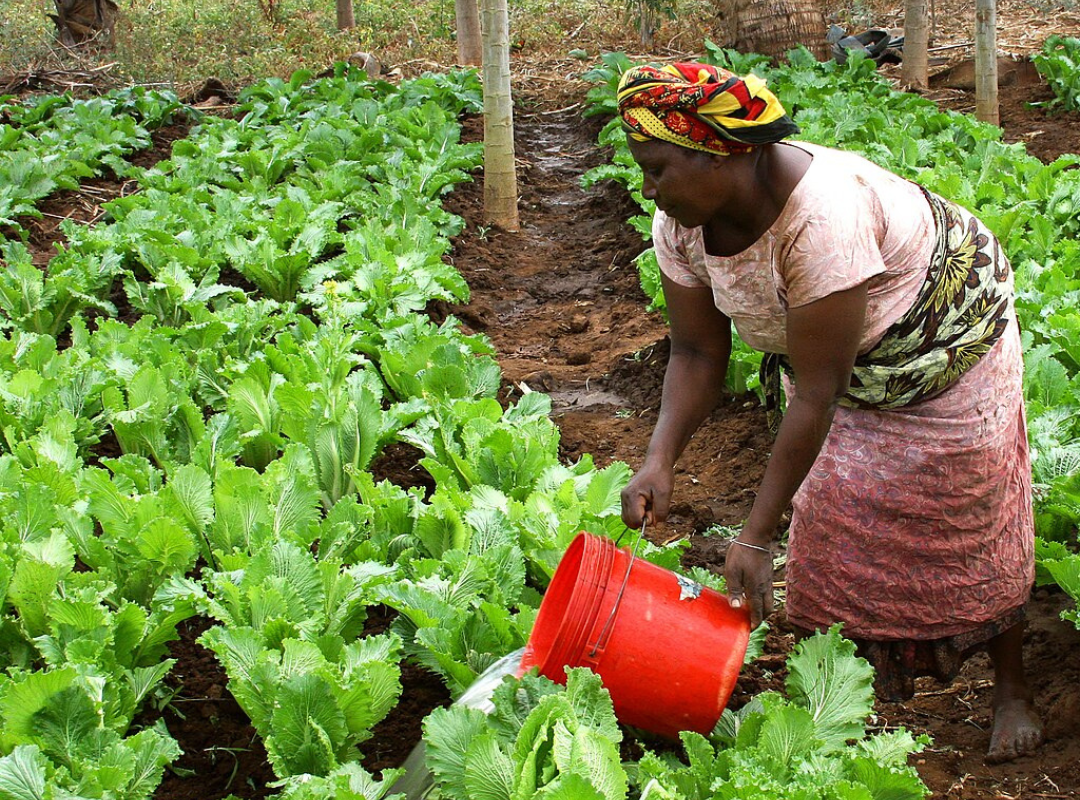
Students will investigate the number of women farmers globally and identify these farmers’ impacts on feeding the world's population.
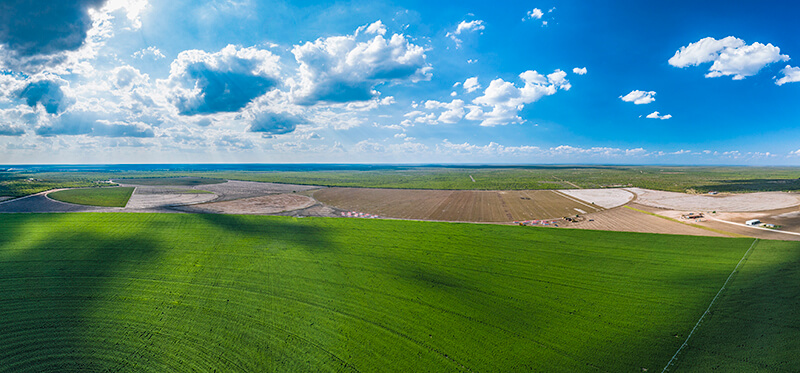
Students discover that there are many different types of farms that grow and raise a variety of products we use daily. Students investigate what farmers do.
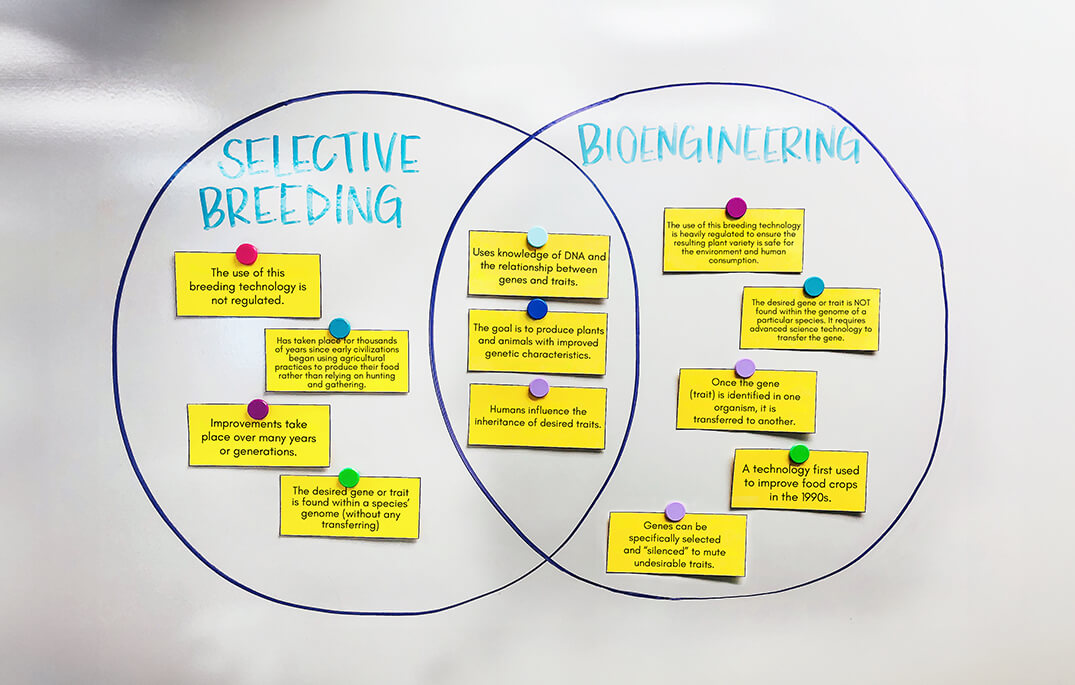
Students identify technologies that have changed the way humans affect the inheritance of desired traits in organisms; compare and contrast selective breeding methods to bioengineering techniques; and analyze data to determine the best solution for cultivating desired traits in organisms.
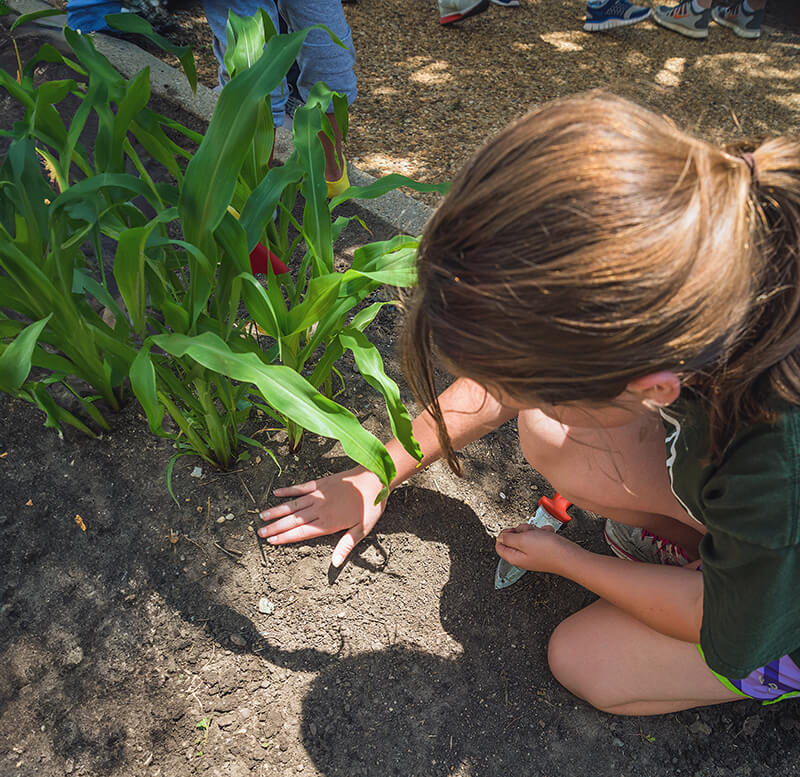
Students investigate the "three sisters" crops (corn, beans, and squash) and explore the benefits of planting these crops together.
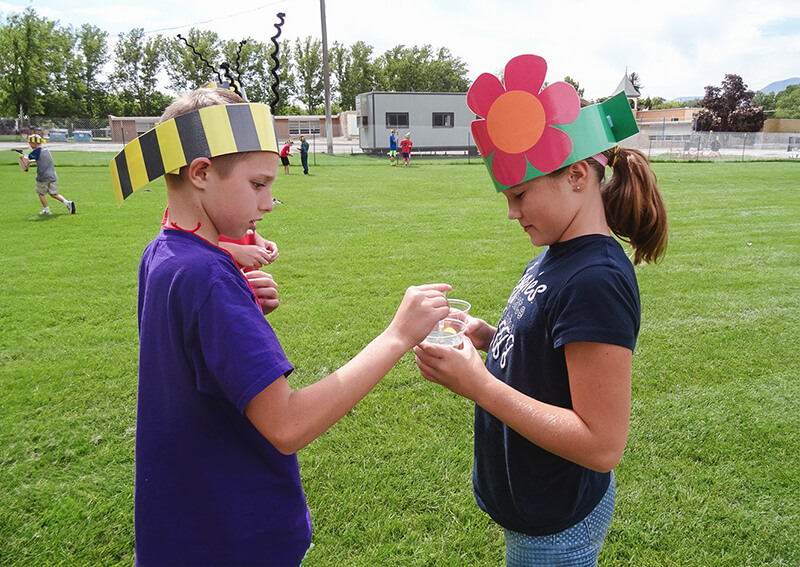
Students identify the parts of a honey bee, the stages of its life cycle, and its role in pollination.
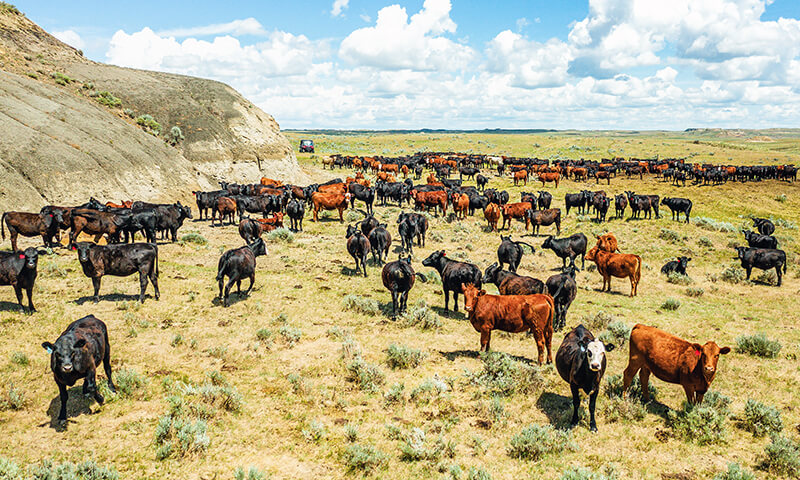
Students explain the value of the beef cattle industry, including the products cattle produce, the production process from farm to plate, and how cattle can utilize and obtain energy from grass and other forage.
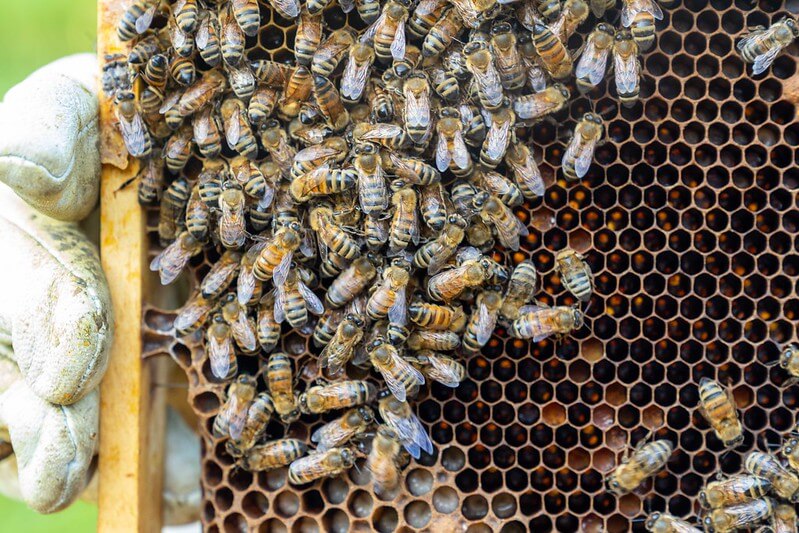
Students investigate the three types of honey bees in a colony, identify their roles, and recognize honey bees as part of a community that works together.
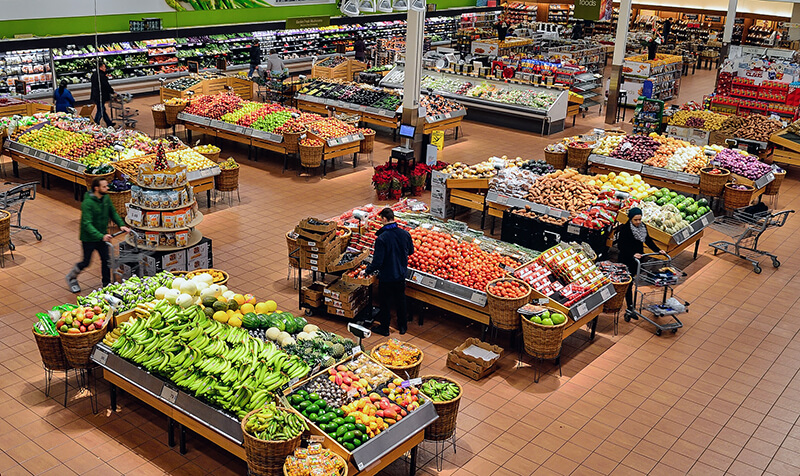
Students explore different cultures around the world, compare worldwide communities with local communities, and explain the interrelationship between the environment and community development.

Students explore different cultures around the world and their unique traditions centered around food and its preparations. Students discover how food gets from the farm to the grocery store.

Students explore the wide scope of agriculture, identify the variety of agricultural products and by-products they use in their daily lives, and discuss the difference between needs and wants.